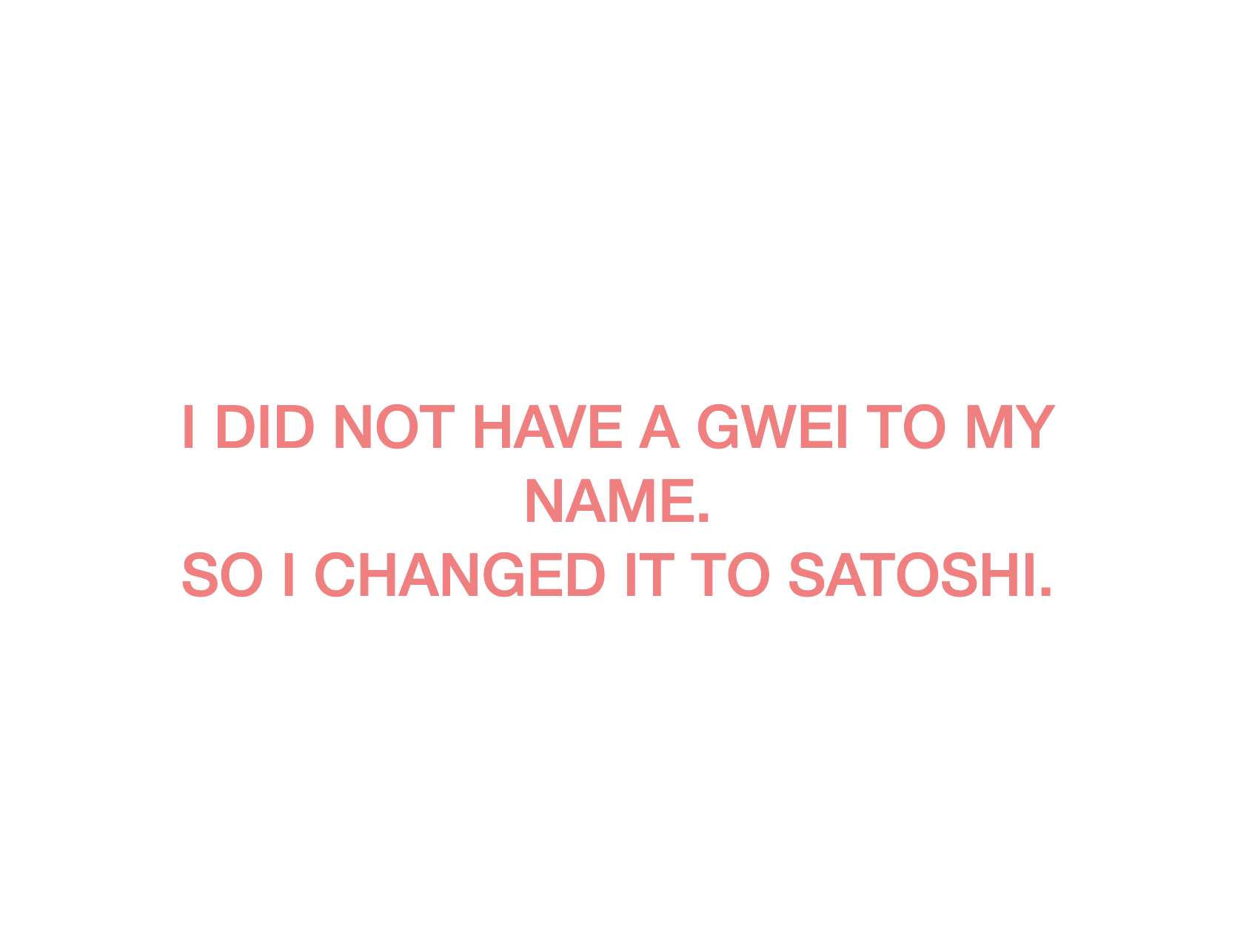
Against Token-gating
A critical examination of token-gating practices in crypto projects, arguing that gating access to product channels creates unattended siloes and often leads to project failure.
This post was originally conceived as an X article.

Eight of Coins, King of Coins, and Ten of Coins Playing Cards Illuminated by Bonifacio Bembo Italy, Milan, ca. 1450–80 The Morgan Library & Museum, MS M.630, nos. 20, 32, 33.
Problem
Gating access to your product channels merely create unattended siloes nowadays. We have experimented with non-fungible tokens (NFTs ), memecoins, the usual tokens, smart subscription models. It rarely works.
I duly observe that builders usually blame the bad design stack—namely, UX/ UI. However, there is a myriad of solutions to compose a user-friendly experience rails with an intuitive interface. In this case, the main problem is individuals’ and teams’ unwillingness to
a) stay accountable,
b) devote resources in maintenance and innovation at least within their own niché.
Not every exception proves a rule
Some projects are so complex that they need a multilevel incentive design that might address the concerns and incentives by and of all target user segments.
I even understand why protocols or brands deprecate a working version, or delete—not even archive—entire frontends. But you need to adjust your communication and “community” channels, and “subscription” models accordingly.
This is not about trust circles, either—or private communities with a pattern language approach of their own for the alleged and so-called “safe spaces,”; or, private communities, popup cities, makeshift bio-punk labs, friends-and-family funding circles, p2p markets and all that jazz.
Macroview
I hold the believe that a well-incentivized and mature userbase would bring more revenue than a dead token-gating model. If you design your product as a cult-base, it’s already dead, which is because only a few names in crypto have the allure of Balenciaga under Demna.
Token-gating kills your project.
Unless you run a well-architectured pre-bullrun cult of personality campaign all the while keeping your ink law, or a citadel by any other name where a granular metadata provenance token such as a semi-fungible zero knowledge proof cascade dynamically verifiable bearer of a token; and, if you are trying to build for “vendors, developers, and engineers” in crypto without any economies of scale parent company, you are just dead and The Weeping Angels are not angel investors.

Joke, Q4, 2025
“The story goes like this”:
-
Builders discover that the multi-level marketing compensation model hype flywheel with the wrong execution models that they had already hated publicly might in fact boost up their project.
-
They adapt it like the very-roasted “tradfi” executives adapt the projects they themselves abhor—don’t get me wrong: Quants, bizdevs, devrels, engineers from the tradfi world who explored the “decentralized” cosmic bubble of CT did more good to this space than majority of the so-called OGs in terms of innovation and the ratio of sanity.
-
People who would otherwise benefit from this product, app, project, or “a rose by any other name” come to see it’s another “memecoin” project if not a shitcoin paralysis.
-
The project stalls and never even make a contact with the surface of Earth—in eternal limbo, ad infinitum.
State-of-the-Art
Everyday, I diligently keep up with above a hundred channels in the form of Telegram groups and channels, Discord servers, Slack organizations, Farcaster channels and group chats, Matrix spaces, a few X chat groups “manually” just to see where the industry is headed. “Of course”, there are the only crypto side. I can tell you that
-
Genuinely well-developed, overall good faith, and most hygienic full stack applications are either behind gates with mandatory access to tokens in a random illiquid exotic pair pool on a non-aggregatable, off-the-(price)-range; or, an NFT on a protocol which nowadays don’t have a frontend. No, it’s out of the question that people should build their frontends. I know a few teams trying to build new UI for the deprecated Zora v1, v2 etc. auction house contracts, but how on earth will they be incentivized? Plus, who would want to buy any of these? I posted conceptual art works I really liked there in the rich media formats but who would want to buy my .txt only .txt piece? Noone. Will buying Shinoda’s pieces give me with a Linkin Park backstage pass? I don’t think so. These type of “utility” rails was designed as a short-term pattern language where the devs didn’t think so much about the business side of the things even for the retail. Indeed engineering was neat. Devs are great. But, except for a few “DeSci” oriented tokens in this race, majority of global priorities level products are behind bad tokenomics. I hear you want to be incentivized, and incentives are misaligned, and there is always some tribalism behind the retrospective funding schemes. However, I don’t think you have the ETH Denver reach and people won’t buy your tokens every winter for a few days like they do with SPORK on, wait for it, Polygon.
-
Many projects have a myriad of active channels with automated entries and streams, however, the real deal goes through a very concentrated and small group chat. Now, this is OK, and I think each organization, product, or mere chats need a decision-making “cave”. But it’s not the case here. People only address “the nation” in times of occasional raises via a new “tokenization”, or let’s say “coinization” in the Pollak-speak—hi, Jesse, I think you are doing great impact, thanks—in their immediate technical stack social idea markets. These products are usually dead in a few weeks. I am old enough to recall the micro-transaction crusade against the AAA game studios where the games were bad. However, when you play a good game, they have better in-game economies than majority of vanity-access projects in crypto, which does not exclude many meaningful product lines that adapted a bad version of multi-level marketing compensation techniques. If that very group chat is a hidden layer like a private citadel of some sorts, it’s not usually communicated well but people end up paying upfront for mediocre services to which they do not even have access.
That is, “test in prod” and “build in public” in crypto has turned into a circus.
A Moderate Proposal
Ungate your projects’ communication channels, untokenize them. Let the tokenization take its form in real assets. Your rather beautiful application needs free access at least to its comms channels.
Pricing any interaction among users, and the composables is a mistake. Remember those dark times when some developers thought that a third party market on top of sufficiently decentralized social protocols is one which just bottlenecks the flow of value and information by automating it via gates each of which requires micro-transactions?
Don’t be that guy.